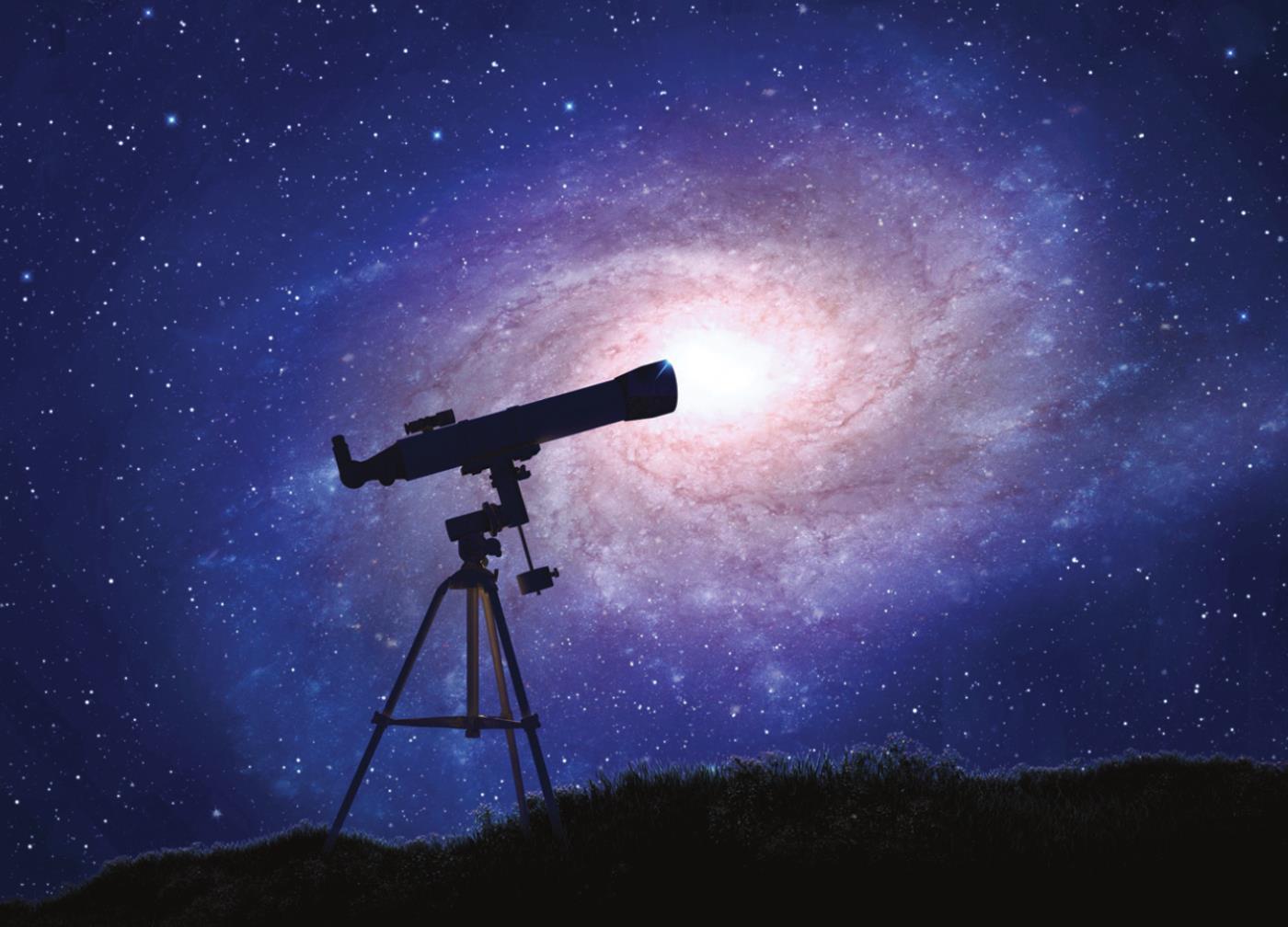
Graphic from Metro Creative

Answers to Go
Q. I saw the meteorite (or meteor — I’m not sure what the difference is) that was seen in Texas skies recently. Why was it so bright? Also, the moon was very big and bright a few days before. Was this related?
A. The large meteorite that sailed across Texas skies on July 24 was not related to the “supermoon” we saw on July 13.
NASA’s website explains that meteors are not meteorites. Both meteors and meteorites are objects that enter Earth’s atmosphere, but meteors burn up before reaching the ground. Meteorites are those that reach Earth’s surface. When they both are extremely big and bright, then can be called “fireballs.” The International Astronomical Union defines fireballs as a meteor brighter than any of the planets. (Wikimedia) Scientists estimate that about 48.5 tons of meteoritic material falls on the Earth each day. Almost all the material is vaporized in Earth’s atmosphere, leaving a bright trail fondly called “shooting stars.” Several meteors per hour can usually be seen on any given night. Sometimes the number increases dramatically and these events are called meteor showers.
Why was it so bright? It was very big and going very, very fast. Most meteors are only the size of tiny pebbles. A meteor the size of a softball can, for a short instant, produce light equivalent to the light of a full moon. The fireball seen over Texas was probably the size of a small car before it entered the Earth’s atmosphere. Another reason for the brightness is the extreme speed at which these objects strike the atmosphere. Even the slowest meteors are still traveling at 10 miles per SECOND, which is much faster than any round fired from a firearm. This meteorite was seen around central Texas and struck the Earth around Sunset Valley, just southwest of Austin.
The supermoon we saw in the sky on July 13 did seem bigger and brighter than the moon we “normally” see and that is because of two things. First, the moon often appears bigger when it is near objects on the horizon. The contrast between the moon and those objects can give the appearance that it is bigger than normal but that is just because we usually see it way up in the sky where we cannot compare it to anything. Basically, it’s an illusion. The second reason is that the supermoon is closer to the Earth than normal. The moon’s orbit is not a perfect circle, it is more of an oval. Thus, there are times during its orbit that it is closer to the Earth. It is also brighter than normal because, since it is closer, more of the Sun’s rays that reflect off the moon’s surface make it to Earth.
For more information about these fascinating phenomena, visit the library and check out these stellar books.
• “Meteorites: a journey through space and time” by Bevan, A. W. R.
• “Impact: how rocks from space led to life, culture, and Donkey Kong” by Brennecka, Greg.
• “The Scientific American book of astronomy: [black holes, gamma-ray bursters, galactic explosions, extraterrestrial life, and much more]Smithsonian intimate guide to the cosmos: visualizing the new realities of space” by Berry, Dana.
• Lunsford, R. (2022, July 24). “Folks, it’s fireball season! – updated. American Meteor Society. Retrieved July 28, from amsmeteors. org/2022/07/folks-itsfireball-season/
• NASA. (2021, May 6). “Meteors & meteorites.” NASA. Retrieved July 28 from solarsystem.nasa.gov/asteroids-comets-and-meteors/meteors-and-meteorites/overview/?page=0&per_page=40&order=id%-2Basc&search=&condition_1=meteor_shower%3Abody_type#otp_faq:_what_is_a_meteor_shower?)
• Osterloff, E. (n.d.). “What is a supermoon?” Natural History Museum. Retrieved July 28 from nhm.ac.uk/discover/what-is-a-supermoon. html#:~:text=Extra%20 bright,passing%20especially%20close%20 to%20Earth.
• Wikimedia Foundation. (2022, June 18). “Meteoroid.” Wikipedia. Retrieved July 28 from en.wikipedia.org/ wiki/Meteoroid#:~:-text=A%20fireball%20 is%20a%20brighter,magnitude%20 %E2%88%924%20 or%20greater
Suzanne Sanders is the columnist for the library. She is the Community Services Manager for the San Marcos Public Library and came from the Austin Public Library in 2015 after having served there as a librarian for over 20 years. She gratefully accepts your questions for this column.











